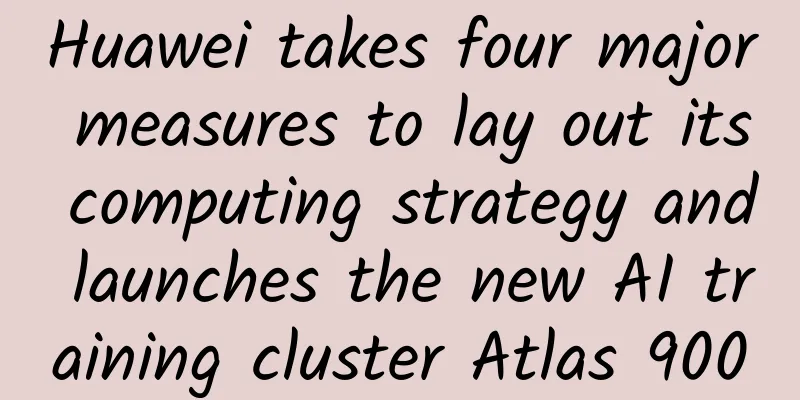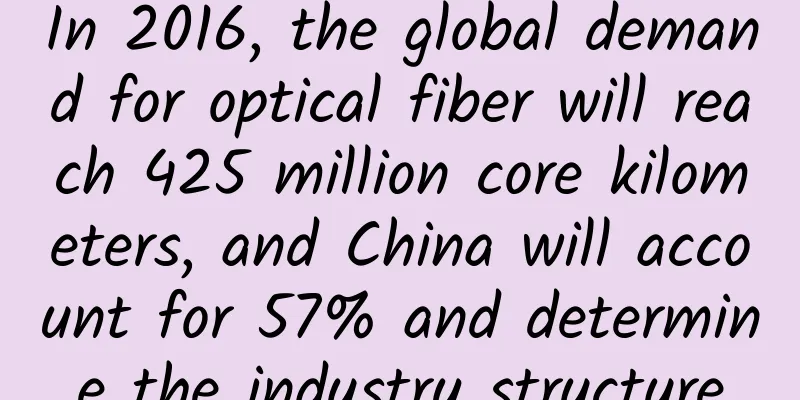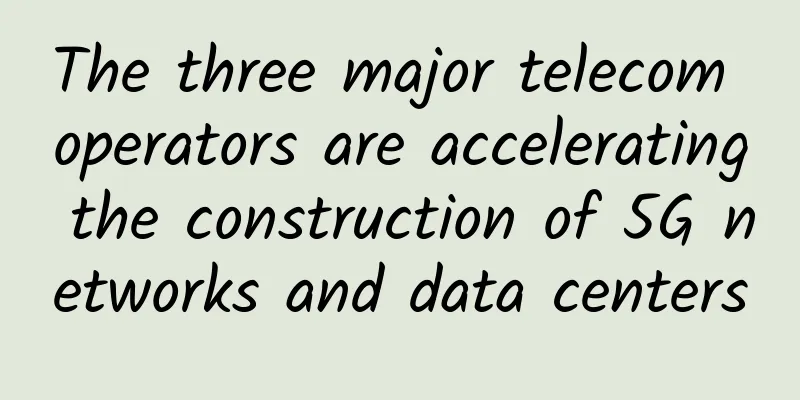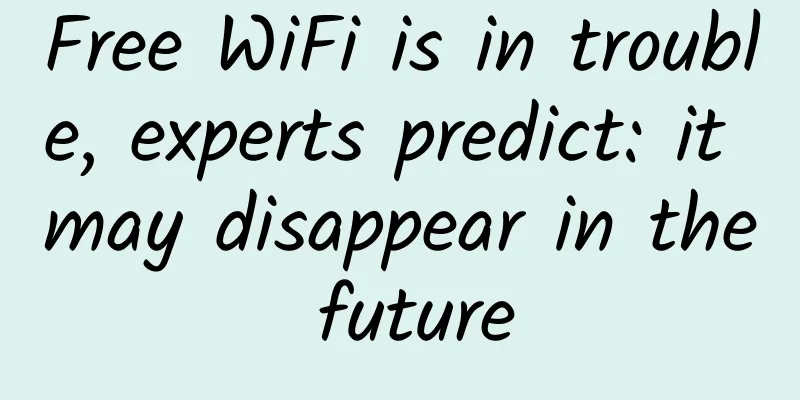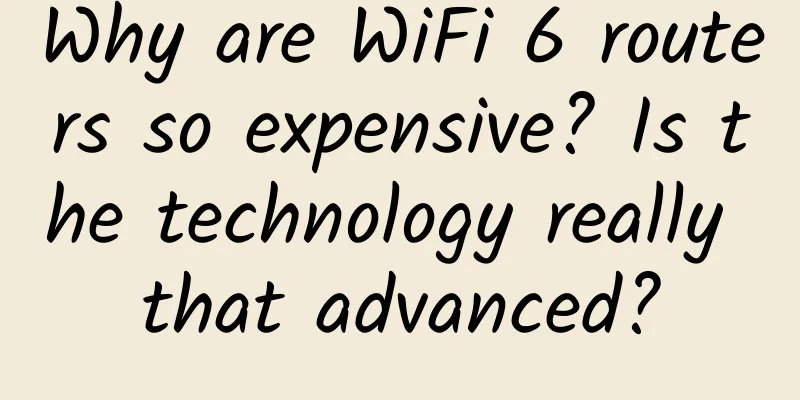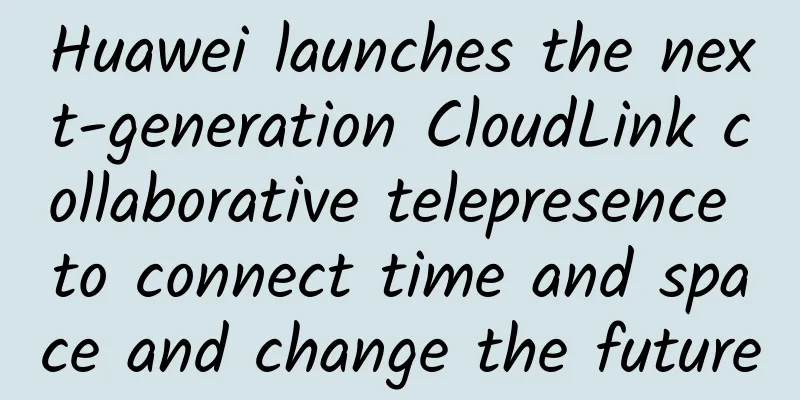Ultra-wideband is no longer a highlight: 10 thoughts on 6G by Wu Hequan, an academician of the Chinese Academy of Engineering
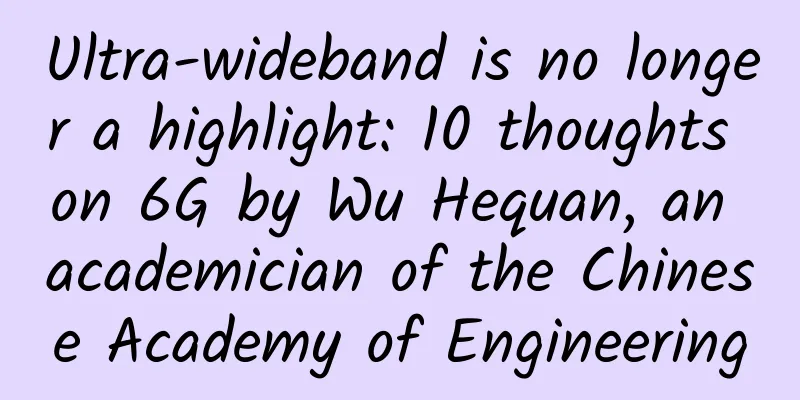
|
At the Global 6G Technology Conference held recently, Wu Hequan, an academician of the Chinese Academy of Engineering and chairman of the Future Mobile Communications Forum, delivered a speech, expounding on 10 thoughts on 6G research. The 10 thoughts are:
Wu Hequan elaborated on them one by one. First, the average download rate of 5G has reached 100Mbps, and the peak rate has exceeded 1Gbps, reaching the level of optical fiber. In the future millimeter wave band, the rate of 5G will be even higher. Wu Hequan pointed out that from 2G to 5G, each generation of mobile communications aims at bandwidth expansion, and pursues a generation every ten years, and the peak rate of each generation increases by 1,000 times. So is it necessary for 6G to increase the rate by 1,000 times? Because content development is lagging behind, the computing power of terminals and the threshold for generating VR/AR programs also restrict the emergence of high-bandwidth user-generated content. Second, regarding the Metaverse, which was very popular last year, Wu Hequan believes that the Metaverse needs 6G. The peak throughput of real-time interaction of holographic display may reach 150Gbps/s. Even if it is compressed 100 times, the average throughput must reach 1.5Gbps/s. Multi-channel concurrency may reach the Tbps level, which 5G will find difficult to support. However, the Metaverse is a consumer-oriented application that may be expanded to the industry, and it is not a rigid demand for 6G. Third, the rapid growth of bandwidth has put increasing pressure on carbon emissions. In 2020, carbon emissions from China's communications industry accounted for 3.5% of the total carbon emissions of the whole society. With the large-scale application of 5G, it will inevitably be greater. 6G has higher bandwidth and capacity, and may need clear energy efficiency indicators. The goal of integrating space and earth communications has increased the complexity of the 6G system and the difficulty of 6G carbon reduction. "Dual carbon" will be the difficulty of 6G research. Fourth, Wu Hequan believes that 5G has not focused on ToB applications, and directly moved the system architecture and equipment of 5G ToC to ToB, which is neither scientific nor reasonable. The industrial Internet should be the research focus of 6G, and more attention should be paid to the requirements of low latency and determinism. ToB should be the focus of 6G research, and innovative solutions should be proposed in architecture and management. In the 6G era, dedicated frequencies should be allocated for industrial applications. Fifth, the application of artificial intelligence technology in 6G should focus on how to use artificial intelligence to analyze channel characteristics rather than source characteristics. 5G is an additional function on top of the original artificial intelligence, and the future 6G is expected to be native artificial intelligence. Sixth, it is neither realistic nor reasonable to achieve full frequency band for 6G. The current high cost is because the spectrum is too much and too complicated. Sub6G and lower frequency bands, or low frequency bands of millimeter waves, should be suitable choices for 6G as the main direction of 6G frequency. At the same time, 6G needs to adjust the existing spectrum allocation pattern and requires a wider spectrum. Seventh, the current area coverage of mobile communications on the earth's surface is only 6%. From the perspectives of national defense, emergency response, and the development of the marine economy, mobile communication signals need to reach every corner of the world. Satellite-ground integration is necessary, but it faces many challenges, including long latency, large radius of cell coverage, large Doppler shift, and high movement speed of low-orbit satellites. Eighth, the integration of air, land, and sea communications is a selling point of 6G, but it is difficult to become a hot spot for operators. There are currently no operators in the world that integrate ground mobile networks and non-ground mobile networks. Although there is demand for communications in marginal areas and at sea, as well as emergency communications, the audience is small, and 6G operators cannot rely on these applications to support their revenue. Ninth, from 1G to 5G, the complexity of mobile communication systems has been continuously upgraded, offsetting the cost reduction brought about by technological progress. Before 4G, mobile communication system technology focused on wireless access networks, and 4G began to explore the evolution of core networks. 6G needs to focus more on the research of core networks, and intelligent and simplified networks are the goal, but there is currently no feasible solution. Tenth, Wu Hequan introduced that the basic technologies of 5G, such as LDPC code, Polar code, MIMO, etc., have theoretical foundations that existed ten years ago or even earlier. However, 6G needs to start from basic theory and requires greater innovation. Wu Hequan emphasized that 6G has become a high ground for national strategic competition. "It is natural that our country attaches importance to 6G research, but we must also be aware that we can't fail to conduct in-depth research on the needs for 6G and make up our minds to carry out long-term, disruptive original technology research just because of competition. Being eager to catch up with foreign countries and being out of touch with market needs will only make us strategically passive. We need to have the determination not to be influenced by the outside world and insist on openness and cooperation," Wu Hequan pointed out. |
<<: Learn more about 5G infrastructure
>>: What exactly is 5G security and why is it important?
Recommend
Development Trend of International 5G Private Network Applications
As an important driving force for the digital tra...
NWCU's Smart New Campus 2.0, layout of "IT unified smart operation and maintenance" (Part 2): operation and maintenance organization management and process management
Xi’an University of Architecture and Technology i...
Can 5G drive innovation in the smart home market?
[[348075]] We still have a long way to go before ...
[Black Friday] 10% off on all VPS at BandwagonHost, US/Hong Kong CN2 GIA lines available, starting from $44.99 per year
Bandwagonhost has also released a discount code f...
Is SD-WAN dead? The answer is of course no
At first glance, everyone must be shocked by thi...
Ministry of Industry and Information Technology: 5G package users have exceeded 350 million, China Mobile ranks first with more than 180 million users
At present, the number of users of 5G packages ha...
IKIHOST: $4/month-4GB/40G NVMe/1Gbps unlimited traffic/Los Angeles data center
The tribe shared information about IKIHOST last y...
Talking about my cold thoughts on SD-WAN on the crater
SDWAN will be the most valuable investment outlet...
Good news! 5G is so important, China Mobile has made a great contribution
When it comes to 5G networks, everyone should be ...
5G promotes the development of industrial Internet, and we need to pay attention to these two points in the future
The Industrial Internet is the key cornerstone an...
Let's talk about IPv4 to IPv6 tunnel
[[273990]] When is IPv6 tunneling used? Connect t...
In the 5G era, edge computing is used to accelerate the development of interconnected manufacturing
In recent years, 5G and the Internet of Things ha...
What kind of sparks will be created when 5G meets the power grid?
In the past, electricity changed the way of produ...
Dell'Oro: Chinese service providers account for a large share of 5G core network deployment
Since the Ministry of Industry and Information Te...
QQ and WeChat will realize IPv6 transformation within this year. Why Tencent embraces IPv6
[[255035]] On January 7, Tencent Cloud Vice Presi...

